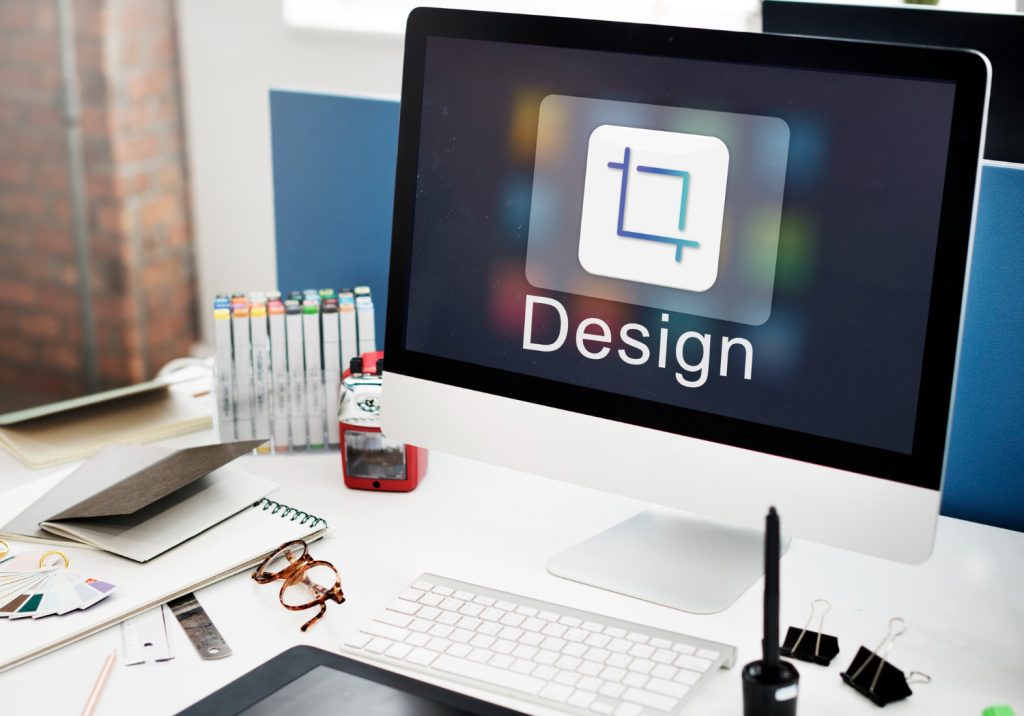A great logo is more than just a graphic—it’s the foundation of your brand identity. Whether you’re a graphic designer building a portfolio, a startup founder creating a visual brand, or a marketer updating a company’s look, using the best software for logo design can make a significant difference in the quality and scalability of your work.
From advanced vector tools used by professionals to beginner-friendly platforms with pre-made templates, there are numerous design solutions available in 2025 that cater to different experience levels, budgets, and creative goals.
What Makes Good Logo Design Software?
Before choosing a tool, consider these key features that are essential for logo creation:
-
Vector editing support: Ensures the logo is scalable to any size without loss of quality
-
Typography tools: Access to high-quality fonts and kerning controls
-
Shape and path manipulation: To customize geometry and outlines precisely
-
Color management: CMYK and Pantone support for print-ready outputs
-
File export flexibility: Support for SVG, EPS, PDF, and transparent PNGs
-
User interface: Intuitive workflows that match your design style and experience level
Best Software for Logo Design in 2025
1. Adobe Illustrator
Adobe Illustrator remains the industry gold standard for professional logo design. It’s a vector-based design tool used by designers worldwide to create logos, icons, and branding materials with absolute precision.
Why it’s the top choice:
-
Powerful vector editing tools
-
Advanced typography and font controls
-
Shape builder, pathfinder, and pen tools
-
Color management for print and web
-
Integration with Adobe Creative Cloud (Photoshop, InDesign)
Best for: Professional graphic designers, branding agencies, and creatives who want complete control and scalability.
2. CorelDRAW
CorelDRAW is a feature-rich vector design application used for logo creation, print layouts, and commercial design. It’s known for its user-friendly interface and performance on Windows machines.
Features:
-
Precise vector editing and custom shape tools
-
Font and text styling tools for creative typography
-
Color harmonies, gradients, and mesh fills
-
Native support for CMYK and Pantone
Best for: Designers who want a full-featured alternative to Adobe Illustrator, especially in print-heavy industries.
3. Affinity Designer
Affinity Designer by Serif is a fast, affordable vector design tool that rivals Illustrator in many ways—and it comes without a subscription. It’s known for its smooth performance and professional features at a lower cost.
Highlights:
-
Real-time vector and raster editing
-
Unlimited artboards and snapping guides
-
High-quality pen, shape, and node tools
-
Works on Windows, macOS, and iPad
Best for: Freelancers, small business owners, and designers who want premium features without a subscription.
4. Inkscape
Inkscape is a free, open-source vector graphics editor that supports professional-grade logo design. It’s a great starting point for designers who want to explore vector design without paying for software.
Why it stands out:
-
Full SVG support with precise path editing
-
Boolean operations, gradients, and text manipulation
-
Cross-platform (Linux, macOS, Windows)
-
Community-driven plugin support
Best for: Students, hobbyists, and developers who want a no-cost, open-source solution for logo work.
5. Canva
Canva is an online design platform with thousands of logo templates, making it ideal for non-designers who want quick, aesthetically pleasing results. While it lacks advanced vector tools, it offers a fast and easy logo-building experience.
What to expect:
-
Drag-and-drop logo templates
-
Extensive font and icon library
-
Export in PNG, PDF, or SVG (with Pro plan)
-
Browser-based with mobile apps
Best for: Entrepreneurs, social media managers, and small business owners who need fast, clean logos with minimal design experience.
6. Looka (formerly Logojoy)
Looka is an AI-powered logo design tool that generates logo concepts based on your preferences (colors, symbols, style). It’s an automated platform rather than a design suite.
Key benefits:
-
Fast, AI-generated logos based on user input
-
Easy customization of color, font, and layout
-
Brand kit downloads (includes logo files, social media kits, etc.)
Best for: Startups and solopreneurs who need quick branding assets with minimal manual design.
7. Gravit Designer
Gravit Designer is a versatile design tool that works in the browser or as a downloadable app. It provides solid vector editing capabilities at no cost for basic use, with advanced features available in its Pro version.
Why consider it:
-
Modern UI and smooth vector editing
-
Templates and asset libraries
-
Platform-agnostic (Windows, macOS, Linux, and web)
-
PDF and SVG export support
Best for: Designers who want a cloud-accessible vector tool that’s easy to learn and use.
Summary: Choosing the Right Logo Design Tool
| Software | Best For | Free / Paid |
|---|---|---|
| Adobe Illustrator | Professional designers and agencies | Paid (subscription) |
| CorelDRAW | Print designers, Windows users | Paid (one-time or plan) |
| Affinity Designer | Freelancers, indie creators | Paid (one-time) |
| Inkscape | Students, open-source enthusiasts | Free |
| Canva | Beginners and non-designers | Free / Paid (Pro) |
| Looka | Quick AI-based logo generation | Paid (per logo kit) |
| Gravit Designer | Accessible vector design tool | Free / Paid (Pro) |
Final Thoughts
Your logo is the first impression of your brand—so it’s worth investing in the right design tool. Whether you prefer full creative control with Adobe Illustrator or a fast, template-based option like Canva or Looka, the best software for logo design depends on your experience, workflow, and project goals.
-
For precision and professional branding: Illustrator or Affinity Designer
-
For free and capable vector editing: Inkscape
-
For fast, drag-and-drop design: Canva or Gravit Designer
-
For AI-generated branding kits: Looka
Whatever tool you choose, make sure it supports vector output (SVG or EPS) to keep your logo scalable and print-ready.
Let me know if you’d like this turned into a downloadable comparison chart or paired with a step-by-step tutorial for creating your first logo using one of these platforms.







